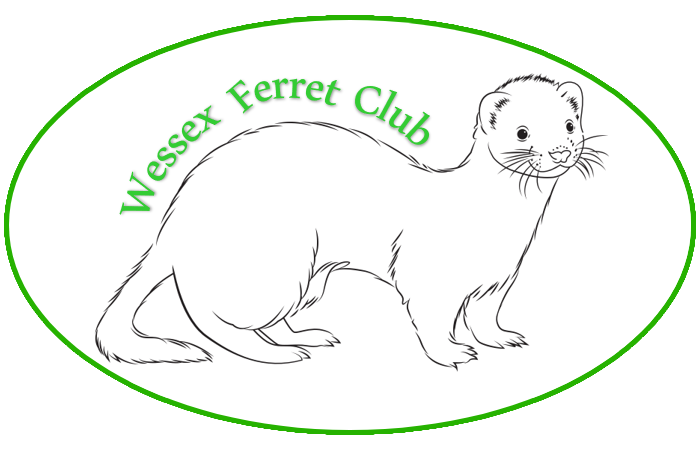The female ferret or jill is seasonally polyoestrous, starting in March and lasting till about September, but the use of artificial light and a good plane of nutrition may bring the jill into season before March. Ferrets are well known for reproductive disorders, the main two problems being Oestrogen induced anaemia and pyometra.
Oestrogen induced anaemia is as a result of the high levels of oestrogen produced by the ferret while in prolonged oestrus when not mated. This is generally a life threatening disease and treatment is largely unsuccessful.
Pyometra is a relatively uncommon disease where the uterus becomes infected and again can be life threatening. Treatment is by surgery to remove the infected uterus as soon as possible, antibiotics are unsuccessful in the treatment of this disease.
It is very important therefore that seasons are controlled in the ferret as the long term implications of allowing a ferret to go through normal seasons each year unmated are very serious indeed.
The main forms of control are listed below with a comment on each of them.
- Vasectomised Hobs
This involves the keeping and use of a vasectomised hob to mate with jills in season and results in the induction of a pseudo pregnancy lasting forty two days when the jill will return to oestrus. Obviously the ferret will still come into season and could in this instance still develop a pyometra. - Jill Jabs
The main drug used in the prevention of oestrous in the ferret is Proligestone (Delvosteron) 0.5 ml is given subcutaneously in March or April and repeated if the jill returns to oestrous. In over 90% the jill will return to oestrous the next year and can be bred from. In surveys no cases of pyometra have been associated wtih the use of this drug. The injection can be painful and cases of skin reaction have been observed following its use it is advised that the site be well massaged after injection. - Spaying
This is a complete ovariohysterectomy and results in the jill permanently having no further seasons and no oestrogen induced anaemia or pyometra. With the current anaesthetics and techniques this is the preferred option for all pet ferrets. Obviously this is not an option for any ferret keeper wishing to breed from those individuals but certainly is the best option for the average pet ferret.
Last modified: July 14, 2019
